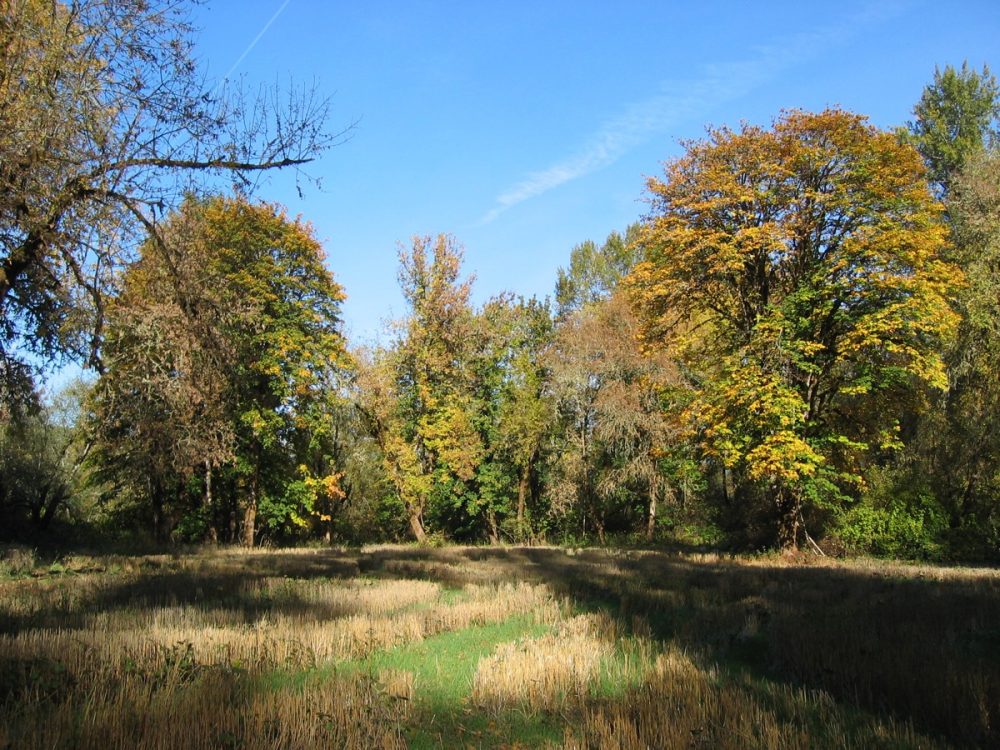Can I bring my own dog?
Absolutely! Most of our clients do hunt with their own dog. We recommend that you not rely solely on your dog if the dog has not been hunted. We strongly recommend that you ensure the dog is acclimated to shooting before you attempt to hunt with it.
I need to introduce my young dog to birds can we do that?
We do have the ability to introduce your pup to birds. We work with you and tailor the hunt to the dog’s abilities. Call us and we can discuss where the dog is in its development and what we can do. The young dog should be accustomed to shooting and at least trained in basic obedience. We don’t do dog training per se. We will, however, coach the owner in some training techniques.
Do I need to have a dog?
Yes. We do require that you hunt with a hunting dog. Either your own or by hiring one of our handlers and his/her dog. This results in fewer wounded birds that are not recovered, and also helps preserve our planted cover since people don’t need to stomp through it.
What time does the hunt start?
Most people find that a 0900 check in time gives adequate time to cover the hunting unit for an enjoyable day’s hunt. Since there is no required time for you to stop hunting, except of course darkness, there is no hurry. We do need enough daylight in the morning to get the day’s birds out, so 0900 works for us most of the year.
Can my son/daughter/grandchild hunt with me?
We do encourage you to take your children into the field to introduce them to hunting early. That is the way we started. We allow minors to shoot on your limit of birds if they are properly licensed.
What kind of shot should I use?
Unless there is a valid reason otherwise, we require #4 or larger shot. We ask that you use steel or other non-toxic shot if your gun will shoot it. We have found that good “duck loads” are the most effective. These birds are larger than some ducks. We clean a lot of birds and the penetration into vital areas is much better with #4 or larger and higher velocity. We recommend #3 steel at 1400 feet per second or greater. If your shotgun is of a vintage where you can only shoot lead, then, that is ok, but we do recommend #4 fast lead. KENT manufactures high velocity, reasonably priced loads. In any case, if you want to use shot smaller than #4 we will need to coordinate that with you prior to your hunt.
For those of you who can appreciate a discussion of penetration vs. shot pattern density. Here is what we have found. At 40 yards, the difference in shot pattern density between an ounce of #3 and a #6 is negligible. A pheasant is not going to fly through your pattern and the pattern is the same diameter if you are using the same choke. That said, the lethality of the shot is dependent on the penetration of each pellet, not the number of pellets striking. Each pellet of a #3 steel at 1500 fps has a little over 3 foot pounds of energy at 40 yards. In the #6 lead at 1200 fps commonly sold as a “pheasant load” each pellet has slightly less than 2 foot pound of energy at 40 yards. Low velocity and small shot on large birds is a prescription for just “knocking out a few feathers” and wounding the bird without chance of recovery.
Should I use a 12 gauge or a 20 gauge?
Suit yourself. Given the same size shot and the same velocity, the only difference will be the density of the shot pattern, since the 12 gauge will commonly have more shot. We like 1 1/16 ounce of #3 steel at 1550 for the 12 gauge, and 7/8 ounce of #3 steel at 1550 for the 20 gauge.



